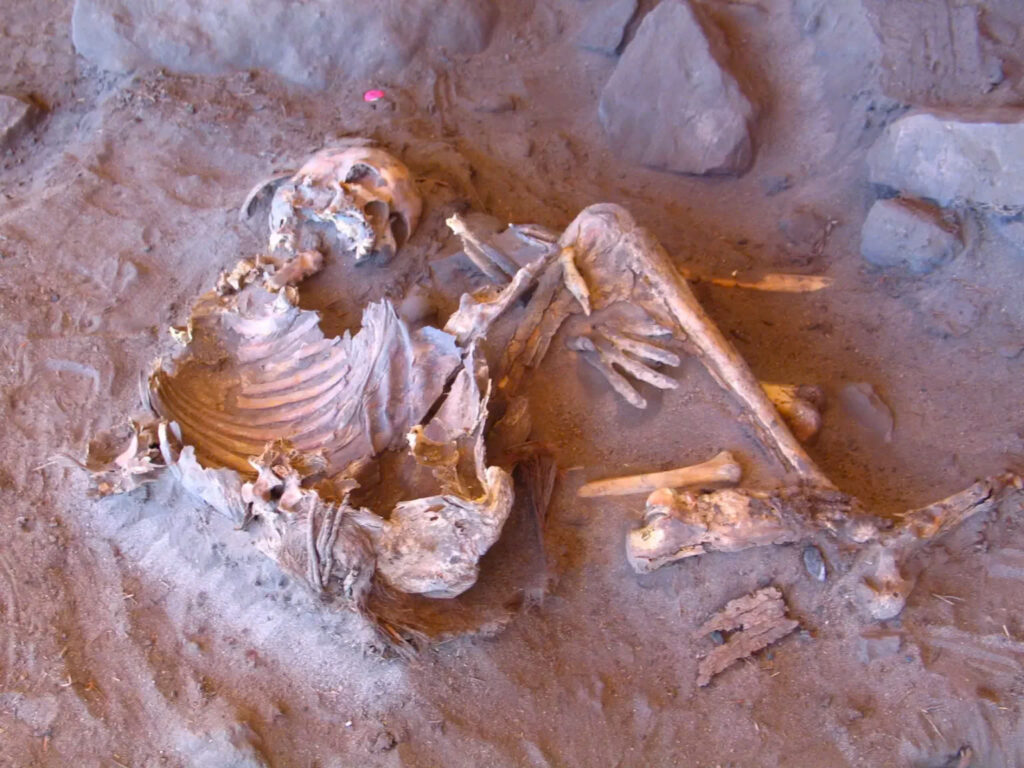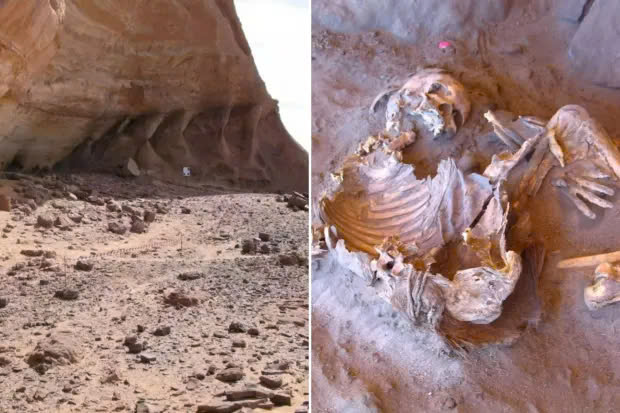Lost Lineage: Groundbreaking Research Reveals Isolated North African Population
A fascinating discovery by researchers from the Max Planck Institute for Evolutionary Anthropology has uncovered evidence of a previously unknown human lineage that existed in North Africa’s Central Sahara more than 7,000 years ago. Senior researcher Johannes Krause and first author Nada Salem led this groundbreaking study, which challenges our understanding of ancient migration patterns and genetic exchanges across Africa.
Green Sahara: A Different Story Than Previously Thought

The research, centered on two ancient Libyan mummies from the Takarkori rock shelter, provides remarkable insights into life during the African Humid Period, when the now-barren Sahara was a lush savanna supporting human communities and pastoralism.
Contrary to previous theories, the genomes of these ancient individuals revealed minimal sub-Saharan African ancestry. This suggests that the Green Sahara wasn’t a migration corridor as previously believed, but rather a region where herding practices spread through cultural exchange rather than mass population movements. The limited genetic mixing between North African and sub-Saharan populations underscores the distinctive genetic heritage of this North African lineage.
Genetic Isolation and Neandertal DNA
Perhaps the most compelling aspect of the study is the genetic profile of the Takarkori individuals. They possessed significantly less Neandertal DNA compared to populations outside Africa, indicating they belonged to a largely isolated population. This isolation preserved deep genetic continuity in North Africa, particularly during the late Ice Age. While this pure ancient lineage may no longer exist, its genetic signature remains an important component in modern North African ancestry.
Video
Connections to Ancient Morocco
The research establishes connections between these individuals and 15,000-year-old foragers from Morocco’s Taforalt Cave, associated with the Iberomaurusian culture. Both groups show similar genetic distance from sub-Saharan lineages, reinforcing that even during the Green Sahara period, genetic exchange between these regions remained minimal.
Johannes Krause notes: “Our findings suggest that while early North African populations were largely isolated, they received traces of Neandertal DNA due to gene flow from outside Africa.” This provides new insights into ancient population interactions and adaptations.
Rewriting North African History

This research extends beyond genetics, with Nada Salem emphasizing that their findings challenge previous assumptions about North African population history. The discovery reveals a deeply rooted, long-isolated genetic lineage and highlights how cultural exchange, rather than mass migration, shaped the spread of pastoralism across the Green Sahara.
The preservation of ancient DNA in the harsh desert environment makes this study particularly valuable. As the once-verdant landscape transformed into the world’s largest desert, preserving genetic material became increasingly difficult, making this research a pioneering contribution to ancient DNA studies in the region.
This groundbreaking work not only enriches our understanding of North Africa’s past but also demonstrates the crucial role of ancient DNA in reconstructing human history, offering a clearer picture of the complex tapestry of human existence that has shaped our world

